Table of Contents (click to expand)
We can use somatic hybridization or grafting techniques to produce plants that can simultaneously grow different fruits or vegetables. Somatic hybridization involves the fusion of protoplasts from two different plants. In contrast, grafting refers to the joining of a scion (a plant’s bud or shoot) with a stock (the rooted plant) of a relative species.
If I told you that I grow different fruits in my garden, you might imagine a spacious garden with giant trees bearing colorful fruits. However, imagine if there exists a single tree that bears different fruits… Sounds like a bit of fantasy, right? But wouldn’t it be delightful if it was real?
Well, thanks to science, this fairy tale has come true!
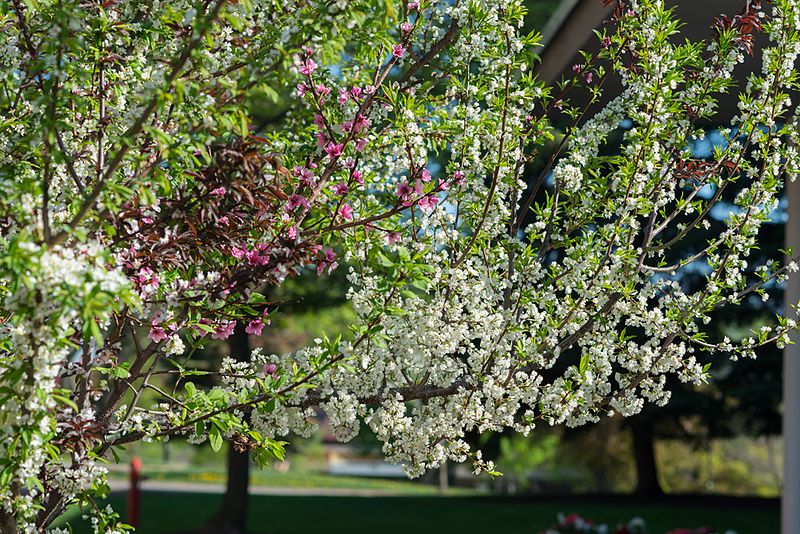
There are two ways to get a tree to bear different types of fruit. The first is breeding by somatic hybridization. The second is the horticultural science of grafting. To fully understand this idea, let’s dive into the science of fruit and veggie fusion.
What Is Somatic Hybridization?
This is a breeding method employed to fuse somatic cells (non-sex cells) of different plants. Upon successful fusion, the hybrid plant acquires the qualities of both plants. For example, if you combine the protoplast (plant cell without a cell wall) of a tomato and a potato, you will get a pomato!
Somatic hybridization has broader applications, such as transferring traits, i.e., drought resistance, between different species.
Prerequisites For Somatic Hybridization
Plants must meet two criteria for somatic hybridization. These plant cells should be totipotent, which means that a single plant cell should be able to grow into an entire plant. Also, we should extract a vast number of protoplasts. The totipotency ensures that hybrids can regenerate after fusion, whereas having a large number of protoplasts makes it easy to scan for the ideal hybrid.
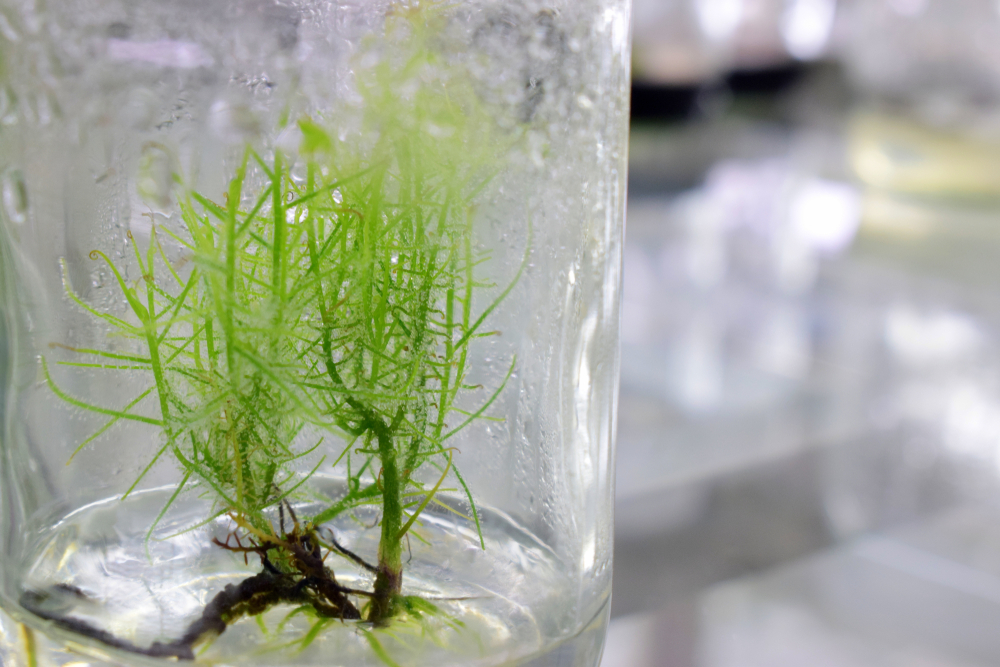
Also Read: What Is Hybrid Vigor?
How Somatic Hybridization Works
The process of somatic hybridization involves four steps, as follows:
1. Protoplast Isolation
All plant cells contain a cell wall, and since the cell wall is a rigid structure, it prevents two cells from fusing with each other. Scientists must therefore extract protoplast to carry out hybridization.
First, we select plant parts, such as roots, leaves or pollen, then sterilize and shred them. After that, we add enzymes, such as cellulase and pectinase, to the cells. Since the cell wall contains pectin, pectinase splits cells by disintegrating the pectin. In comparison, cellulose is the primary constituent of the cell wall, so cellulase lyses it.
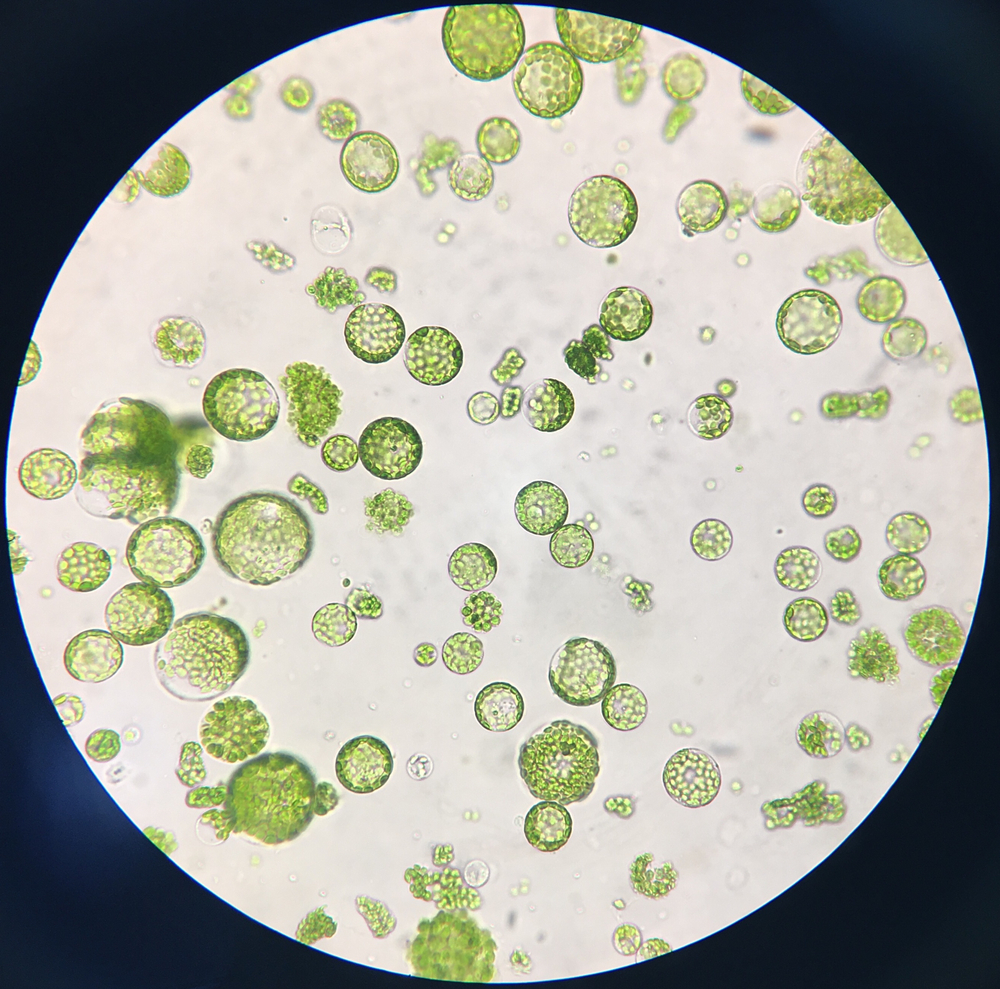
2. Protoplast Fusion
The protoplasts isolated above need a suitable environment to fuse. The outer cell membrane of the protoplasts are negatively charged. Due to having a similar charge on the surface, they repel each other. Thus, applying fusogens like polyethylene glycol and calcium ions reduces repulsion and fuses them. You can think of fusogens as a bio-gum that sticks protoplasts together.
Besides fusogens, centrifugation and electric charges promote fusion, but they pose a risk of damaging the protoplasts.
3. Isolation Of Hybrid Cells
A perfect somatic hybrid contains protoplasts from both plants, but some cells fuse with neighboring cells of their own plant. These cells don’t serve our purpose. Techniques such as low cytometry and biochemical sensitivity help select the hybrid cells. In cytometry, the cell extract passes through a cytometer, and separates as hybrids or unfused cells.

In the case of biochemical sensitivity, chemicals eliminate sensitive protoplasts. For example, protoplast A and B are susceptible to chemical 1 and 2, respectively. Thus, to remove protoplast A, we can grow them on chemical 1. As it is sensitive to chemical 1, all the protoplasts of A will fail to survive. At the same time, protoplast B forms smaller colonies than somatic hybrids AB.
4. Plant Regeneration
Now the prime selection criteria of totipotency comes into play. These hybrid cells begin to regain their cell walls and continue to divide. The colonies are then transferred to suitable nutrient media. This media allows them to regenerate as a whole new plant.
Now, let’s learn about the second approach—grafting. It is an uncomplicated technique and doesn’t require growing new plants from cells. It’s more about combining existing plants.
Also Read: How Do Plants Reproduce?
What Is Grafting?
Grafting is joining a scion (a bud or shoot) from one plant to another plant’s stock (the rooting part). Sometimes, an interstock helps to overcome incompatibility. An interstock is a shoot that is suitable with stock and scion. Hence, it serves as a middle man to unite them.
Grafting has been successful in both vegetables and fruits. Vegetables like grafted pomatoes (tomato and potato hybrid) and brimatos (brinjal and tomato hybrid) are commercially available. When it comes to grafted fruits, the astonishing “tree of forty fruits” is an incredible example.
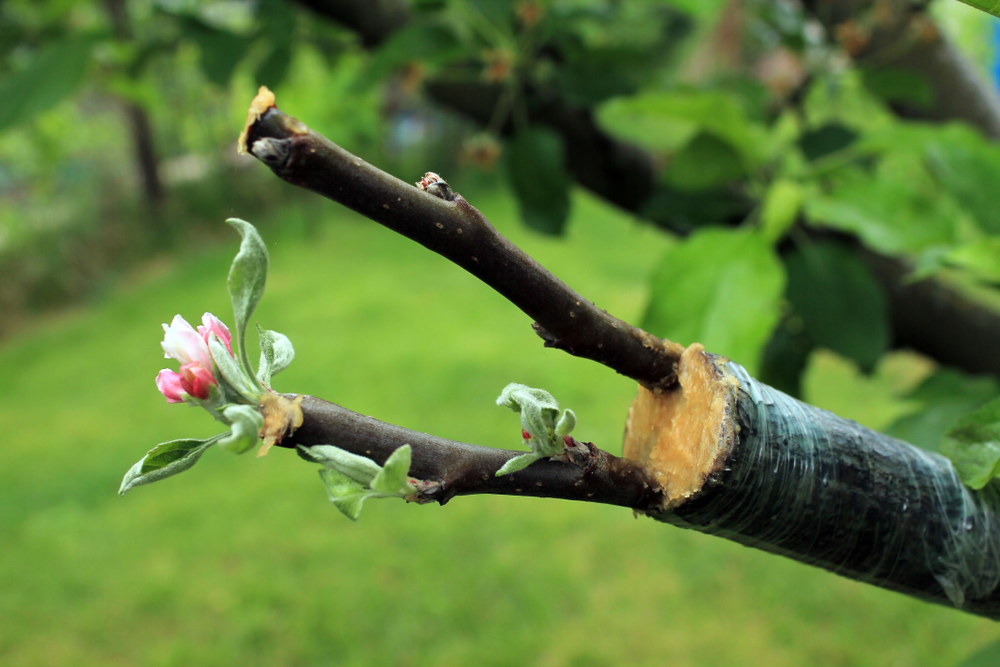
Prerequisites
Grafting, unlike somatic hybridization, applies only at the inter-species level. Plants from related species can heal and fuse at a better rate. In contrast, plants cannot repair wounds and combine with ease at inter-generic levels.
Also Read: What Is Grafting?
Grafting The “Tree Of Forty Fruits”
This grafted tree is a perfect blend of art and science. It is the brainchild of art Professor Van Akens. Forty varieties of stone fruits, such as apples, peaches, cherries and almonds bloom and fruit from the branches of this tree. The grafting technique used to grow this tree is quite remarkable. We also have an article on grafting where you can learn more about the process.
A compatible rootstock of a stone fruit tree was grown for two years. It was then trained to have four to five branches. These branches were then used as collab points for the scion from another stone fruit tree. There are many types of grafting that can unite different plants. However, in this particular instance, chip budding was chosen. In this technique, a bud chip (scion) is selected and inserted into a fitting slit made on branches of rootstock.
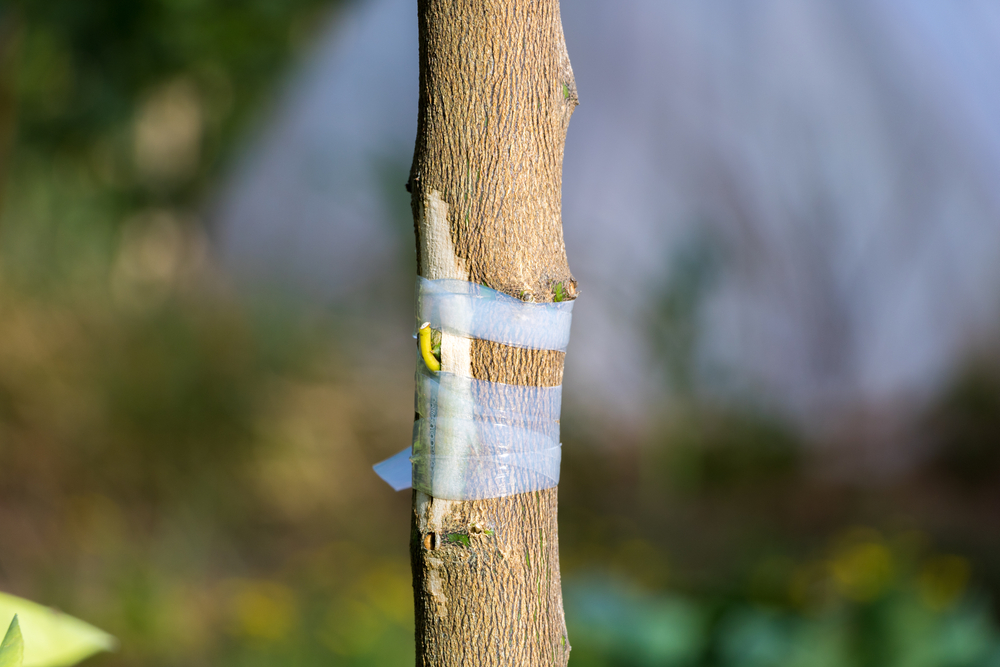
After a few weeks, the vascular bundles of the scion and stock join and the graft is deemed successful. These two different plants will now grow as one plant. Likewise, we can graft other varieties of plants on rootstock branches.
Conclusion
At present, two techniques allow plants to grow different types of fruits/vegetables. One is somatic hybridization, in which the protoplasts of two plants fuse. This fusion transforms the protoplasts into one functioning plant. An example of this is the pomato—a hybrid of a tomato and potato.
Another technique to achieve a similar effect is grafting. Plant parts, such as buds or shoots, act as scions. Another plant of a relative species serves as a stock (the rooting plant). The scion is fixed onto the stock and allowed to heal. Once it heals, both plants function as a single plant with a shared vascular system. An impressive example of grafting is the “tree of forty fruits.”
How well do you understand the article above!

References (click to expand)
- AR Shuro. Review Paper on the Role of Somatic Hybridization in Crop .... arcjournals.org
- Sculptor Sam Van Aken's Tree of 40 Fruit - Syracuse.edu. Syracuse University
- Grafting - University of Missouri Extension. The University of Missouri
- G Melchers. Somatic hybrid plants of potato and tomato regenerated from .... The Food and Agriculture Organization of the United Nations
